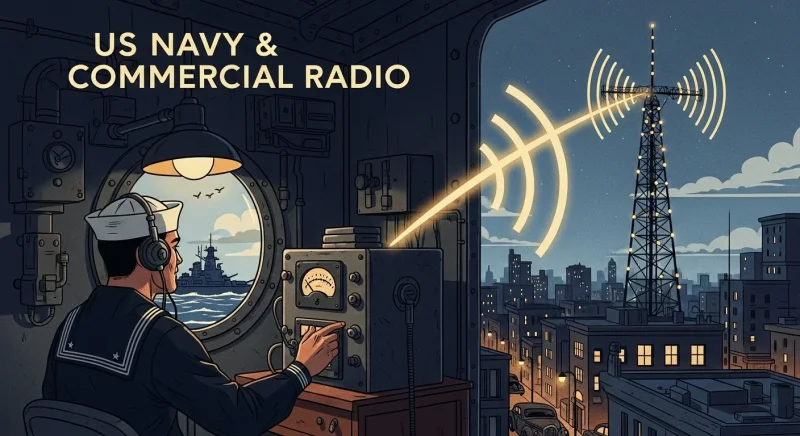Planning a road trip across the United States? You’ve mapped your route, booked your car, and estimated your drive times. But there's a hidden variable that can turn a perfect plan into a logistical headache: internal state time zones.
You might be checking into your hotel an hour late, or an hour early, all while driving within the same state.
Unlike in many countries, time zone borders in the US don't always follow neat state lines. They often zigzag based on economic ties, geography, or even just local preference. For a traveler, this can be confusing.
Here is the essential guide for travelers on which states are split, why it matters, and how to plan for it.
Quick Info: The Two-Time-Zone States
The Short Answer: 14 states in the US are officially split into two time zones.
The Most Confusing States for Travelers:
| State | Time Zone |
|---|---|
| Florida | Eastern / Central |
| Indiana | Eastern / Central — famously complicated |
| Kentucky | Eastern / Central |
| Texas | Central / Mountain |
The "Trick" State: Arizona. It technically has one time zone (MST) but its unique Daylight Saving Time (DST) rules create a "virtual" time split for travelers. (More on this crucial tip below).
The 14 States with Multiple Time Zones (List)
For quick reference, here are the 14 states that are officially divided into two separate time zones.
| Alabama | Alaska | Florida |
| Idaho | Indiana | Kansas |
| Kentucky | Michigan | Nebraska |
| North Dakota | Oregon | South Dakota |
| Tennessee | Texas |
A Practical Guide for Travelers: Which States & Cities Are Affected?
Eastern / Central Time Zone Split (The 8 States)
This is the most common and populated time zone split, affecting many tourist routes. The time changes by one hour.
- Florida: This is a key one for travelers. Most of Florida, including Miami, Orlando, and Tampa (all tourist hubs), is in the Eastern Time Zone (ET). The "panhandle" region in the west, including cities like Pensacola and Destin, is in the Central Time Zone (CT). If you drive from Orlando to Pensacola, you gain an hour.

- Indiana: Famously complicated. Most of the state is on Eastern Time. However, two clusters—one in the northwest near Chicago (like Gary) and one in the southwest near Evansville, are on Central Time to stay aligned with those major metro areas.

- Michigan: The vast majority of Michigan is on Eastern Time. Only a small, specific part of the Upper Peninsula (the "UP") that borders Wisconsin (like Ironwood) operates on Central Time.
- Kentucky: A classic split. The eastern half, including Louisville and Lexington, is on Eastern Time. The western half, including Bowling Green and Paducah, is on Central Time.
- Tennessee: Similar to Kentucky. The major cities of Nashville (CT) and Memphis (CT) are in the Central Time zone, while the eastern part of the state, including Knoxville and Chattanooga, is on Eastern Time.
- Alabama: Most of the state is Central. A tiny portion on the eastern edge (Phenix City) aligns with the Eastern Time of Columbus, Georgia, for economic reasons.
Central / Mountain Time Zone Split (The 5 States)
This line is less populated but critical for "Great Plains" road trips.
- Texas: This surprises many. 99% of Texas (including Dallas, Houston, and Austin) is in the Central Time Zone. However, the far-west corner, which includes the city of El Paso, is on Mountain Time (MT).
- Why is El Paso in a different time zone? El Paso is geographically isolated from the rest of Texas and is economically and geographically aligned with New Mexico and the Mountain Time Zone. Its time is set for practical reasons, not state lines.
- North Dakota, South Dakota, Nebraska, Kansas: All four of these "Plains" states are neatly split, with the western, more rural portions falling into the Mountain Time Zone.
Mountain / Pacific Time Zone Split (The 2 States)
- Idaho: The state is split North/South. Southern Idaho (including the capital, Boise) is on Mountain Time. Northern Idaho (the "panhandle," like Coeur d'Alene) is on Pacific Time (PT) to align with Spokane, Washington.
- Oregon: Only a tiny sliver of Oregon (a portion of Malheur County in the far east) is on Mountain Time. The rest of the state, including Portland, is on Pacific Time.
The Alaskan Anomaly (Alaska / Hawaii-Aleutian Time)
- Alaska: Yes, Alaska also has two time zones. The vast majority of the state (Anchorage, Fairbanks) runs on "Alaska Time" (AKST). The very tip of its Aleutian Islands chain, however, falls into the "Hawaii-Aleutian Time Zone" (HST).
The Bonus State: The Arizona Daylight Saving Time (DST) Exception
This is, without question, the most confusing time zone situation for travelers in the USA.
Why does Arizona have two time zones?
Technically, it has only one time zone (Mountain Standard Time).
So, what's the problem? Arizona (mostly) does not observe Daylight Saving Time (DST). When the rest of the country "springs forward" 1 hour in March, Arizona stays the same.
This means in the summer, Arizona has the same time as Los Angeles (Pacific Daylight Time). In the winter, it has the same time as Denver (Mountain Standard Time).
The Real Problem (The Navajo Nation): To make it even more confusing for tourists, the Navajo Nation, which covers a large part of northeastern Arizona (including visitor hubs like Monument Valley), DOES observe Daylight Saving Time.

This means if you drive from the Grand Canyon (South Rim, which is not on Navajo land and does not use DST) to Monument Valley (which is on Navajo land and does use DST) in the summer... you will lose an hour!

3 Essential Tips for Road Tripping Across Time Zones
- Trust Your Phone, Not Your Car: Your smartphone will almost always update its time automatically based on cell towers. Your car's clock (especially in a rental) may not. Your phone is your source of truth.
- Double-Check All "Local Time" Bookings: When you book a tour, reserve a rental car, or check into a hotel, the confirmation time is always "local time." If you are picking up a car in Pensacola (CT) at 10:00 AM, but you are driving from Orlando (ET), you need to leave much earlier than you think.
- Why Aren't the Lines Straight? Time zones are not just lines of longitude. They are "helpful" boundaries created by the Department of Transportation. They often follow rivers, county lines, or are drawn specifically to keep a major metro area (like Chicago or El Paso) in a single, unified time for economic reasons.
![Duden Waterfalls (Upper & Lower) [year] Guide: Entrance Fee & How to Get There](https://www.rotasenin.com/uploads/2025/11/lower-duden-waterfall-view-from-park-cliffs.webp)
![Kartalkaya Ski Pass Prices [year]: Lift Tickets, Lessons & Rental Fees](https://www.rotasenin.com/uploads/2025/11/kartalkaya-private-ski-lesson.webp)



Comments (0)
Sign in to comment
Report